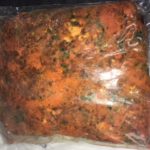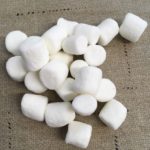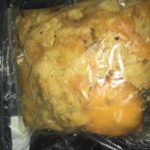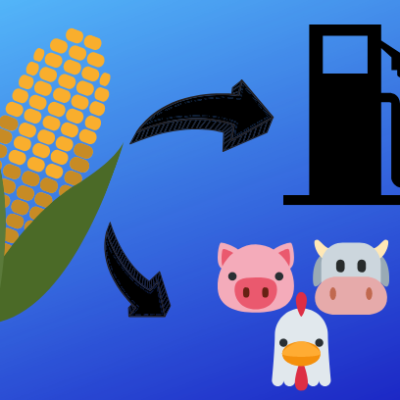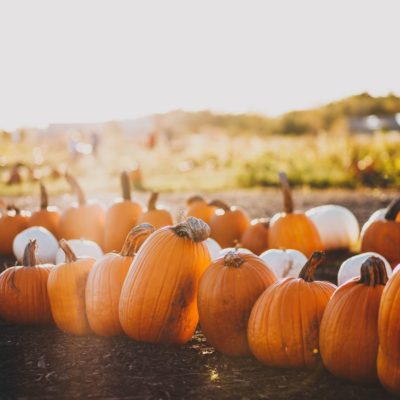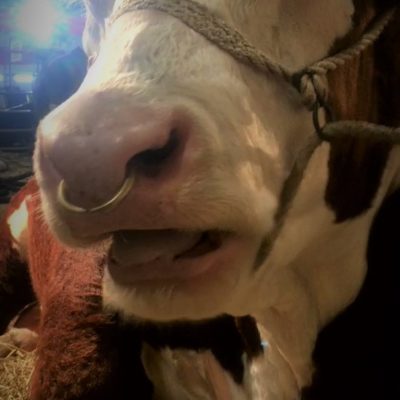You have 0 items in your cart
The other day I received a phone call from a dairyman who said he was attempting to “Feed from the waste stream” and he sent in two samples. The first sample was mixed juice pressings, which consisted of a random assortment of spinach, cucumbers, ginger, carrots, apples and more, and the second sample was citrus pulp, also leftovers from juice mainly consisting of orange peels. He tested these samples for nutritional values. Both samples had greater than 8% crude protein and both samples were very high in nitrogen free extract meaning they were high in soluble sugars and energy as well. Showing that these organic human food wastes do have value nutritional value as an animal feed source. The producer went on to comment on how much his cattle loved these feeds and how affordable these by-product feeds were to him, which lead me to do some more research into the phrase he used “feeding from the waste stream”. What I found was, the EPA encourages feeding from the waste stream and this practice could be beneficial to food and livestock producers, consumers, and the environment. There are also added value compounds in some organic wastes which could potentially improve animal health and production. However, there are laws regulating the practice of “feeding leftovers to livestock”.
The United States alone produces 160 billion pounds of food waste per year. These wastes can range from the leftover juice pressings mentioned above to bakery wastes to expired grocery products. Typically, this organic waste goes one of three places, a landfill, incineration, or compost. These options especially, the landfill option, can have detrimental impacts on the environment, therefore the Environmental Protection Agency encourages the use of organic wastes in animal production. Below is a diagram of the Food Recovery Hierarchy which shows feeding animals as priority after feeding hungry people.
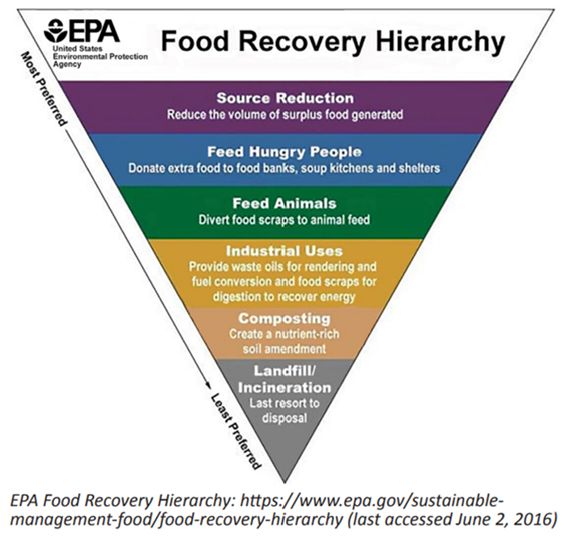
Ward Laboratories has also tested samples from Northstar Recycling a company that works to help livestock producers and food packers to recycle organic waste. I will never forget the first sample they sent to us, it was tuna by-product. We received it on a Monday and I can tell you it smelled like it had been in the mail for 3 or 4 days by the time it got to our lab. Since then, we have received many more pleasant-smelling samples including marshmallows, assorted candies, dough waste, peanut butter, cake and more. With feed being the most expensive cost of production in the livestock industry taking advantage of these cheap waste products could improve profit margins. Additionally, the livestock industry is constantly battling the consumer perceptions that our animals are competing with humans for grain based feeds and meat is “bad for the environment”, therefore feeding from the waste stream could improve consumer perception of the industry.
Some of the organic waste products, specifically those from leftover fruits and vegetables have value added compounds. For example, citrus peels have essential oils which have been shown to improve immunity and have a positive effect on production. One essential oil of interest is D-limonene. This essential oil has been shown to improve gut microflora balance by increasing beneficial microbial populations and decreasing detrimental microbial populations, and increase feed efficiency of beef cattle and gains in swine. Another example of value added compounds present in organic wastes is polyphenolic compounds. These compounds occur at a higher concentration in the seeds, roots, pits, and skins of fruits and vegetables than in the edible portions utilized in human food production. Polyphenols exhibit beneficial properties such as being anti-carcinogenic, anti-pathogenic, anti-oxidative, and immune modulatory. Therefore, in feeding livestock, a producer may see improvements in gut, respiratory, and cardiovascular health in their animals.
There are regulations for feeding food wastes to livestock and the rules that apply are different depending on the source of organic food waste and the species of animal to be fed. The Food Safety Modernization Act (FSMA) was put in place to prevent food-borne illness from occurring at the processing stage of food production. The regulations in the FSMA apply to products from human food production, this would include things like bakery waste, or juice pressings. The regulations that apply depend on the type of facilities producing and utilizing the food waste. The other two pieces of legislature for feeding food waste to livestock are the Federal Swine Health Protecting Act (SHPA) and the Ruminant Feed Ban Rule. Put simply, the SHPA states that food scraps containing animal products must be heat treated to kill disease causing bacteria and prevent the spread of foot and mouth disease. The Ruminant Feed Ban prohibits the feeding of mammalian proteins back to ruminants to prevent Bovine Spongiform Encephalopathy (BSE) also known as mad cow disease. States may also have their own rules and regulations regarding feeding food by-products to livestock.
In conclusion, there is an abundance of organic food waste products. Their utilization as livestock feed is good for the environment, profitable for the producer, and if we tell this story can improve consumer perceptions of our industries. Some of the fruit and vegetable waste products are not only nutritionally beneficial to animals but also contain compounds which can improve production value and animal health. If a producer is interested in “feeding from the waste stream” they should do their research, test their feeds for nutritional values to ensure they are meeting animal nutrient requirements and be aware that it is a regulated practice. Below are some additional links for further reading on this topic.
Fruit and Vegetable Wastes as Livestock Feed
NORTHSTAR RECYCLING TRASH TALK BLOG
Leftovers for Livestock

